Strong comprehensive service capability: Amazon TOP10 brands supplier, perfect quality control system.Fast proofing: 2 days for regular proofing, 6 days for custom proofing

First, dress in accordance with the announcement requirements.
First, even in the hot summer, long-sleeved trousers are required outdoors to avoid scratches, sunburn, and mosquito bites. Long-sleeved trousers will protect your body well when crossing bushes and chaotic grasses. The collar should also be a lapel to avoid sunburn on the neck.
In summer, quick-drying clothes are generally used, and the upper body can also be sunscreen clothing, but the scratch resistance of sunscreen clothing is not strong, and it is easy to be scratched by branches and other types.
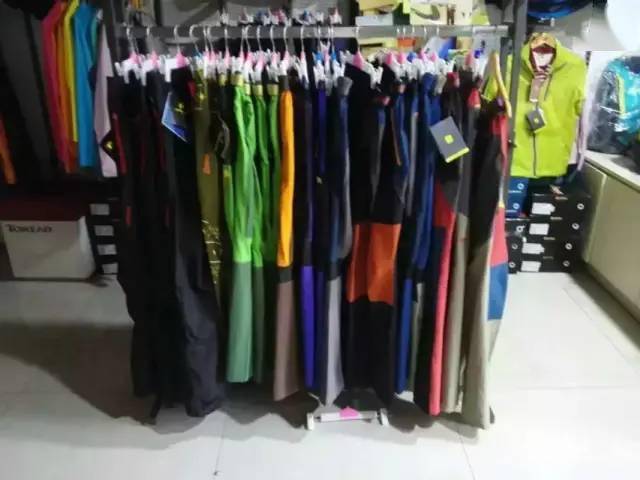
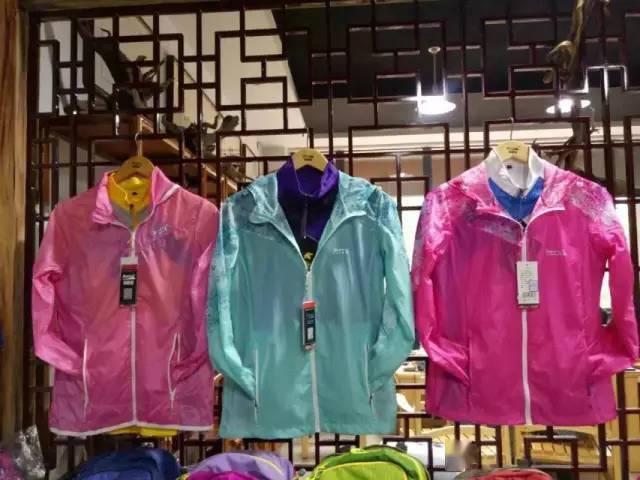
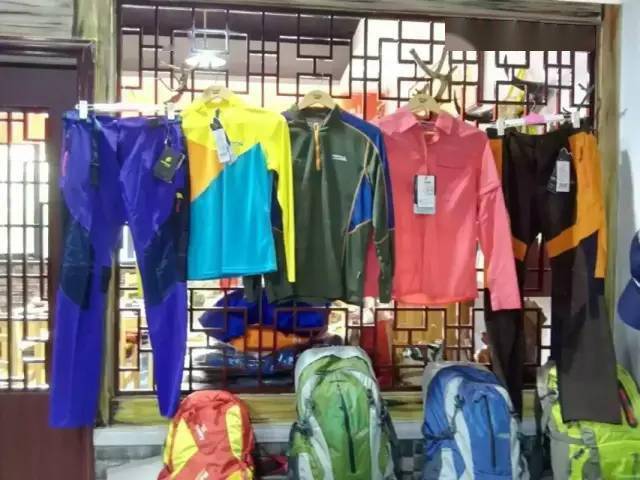
Second, the other three seasons are generally three-tiered dressing concepts.
1. Quick-drying underwear, be sure not to wear cotton, cotton has good sweat absorption performance, but it is not easy to dry when wet, it will stick to the skin after sweating, making the body uncomfortable, and will increase the chance of colds and frostbite. It is easy to cause the human body to lose temperature and cause a cold. If you go to some alpine regions, the situation is even more serious.
2. Insulation layer, generally fleece jacket, (generally jackets have removable fleece inner layer) or down jacket. It is best not to find alternatives, because all alternatives are more expensive than fleece pants. The advantage of fleece is that it is quick-drying, wicking perspiration, light weight, and still has a certain insulation function in wet conditions. Its high fluffy can effectively keep warm and breathable, and can also absorb sweat. This layer is very important, it is best to choose a more professional fleece.
3. Windproof layer, assault underwear, mainly used to prevent body heat from being carried away by the wind, block air-conditioning, and prevent snow from getting wet.
3. Others: Perform activities in areas with low temperature. Hats, headscarves, and gloves can prevent the body from losing heat and should be carried with you
1. Magic towel, small magic towel, very useful. Bib, headband, headband, handkerchief, fixed bandage
2. Hat, most of the body's heat is emitted from the top of the head, so the weather is cold, a fleece hat is particularly important, when the weather is hot, choose a hat with a brim, in addition to shading, can also prevent branches to the eyes s damage. However, the brim is not too large because it will block the line of sight. For lesbians, don’t choose hats that are decorated too much. Branches and shrubs will hang on the hats at any time, hinder your walking, and ruin your beautiful hats.
3. Gloves, regardless of the season, you must have a pair of gloves. When the road is very narrow or there is no road, you must use your hands to plow the bushes. The gloves can prevent the hands from being scratched by the stabbing technique and encountering steep slopes. When hands and feet are used together, the gloves are equivalent to shoes. The more you go in summer, the more you have to put on gloves. The "Kezi" (thorn bush) in summer is denser than in winter. Gloves will have a great protective effect on your hands.
It can also keep warm in winter. It is recommended to wear two gloves when traveling in winter. If the gloves are wet, they can be replaced at any time to avoid frostbite of the fingers.
4. Socks, it is best to choose outdoor socks for travel because of their quick-drying function, and the soles and toes are thicker than ordinary socks, which can better protect your feet. You must also bring an extra pair of socks, which can be replaced at any time when they are wet.
5. Choose a pair of suitable professional outdoor shoes, preferably hard-soled high-waist shoes. The hard sole is not afraid of mountains and rocks, and you can stretch your feet when you walk on them, and you can't hurt your toes even if you kick against a stone. The high shoe waist has an ankle protection function, which makes the foot and the calf more flexible. Casual shoes are not suitable for climbing mountains. The soles of their shoes are almost as light as the soles of your feet. The shoes are just like your feet. If you accidentally kick a stone, it's like a stone hit your toe.
Also, don't wear new shoes to participate in activities, new shoes must be worn before the activities to adapt to him, because generally new shoes will wear their feet.
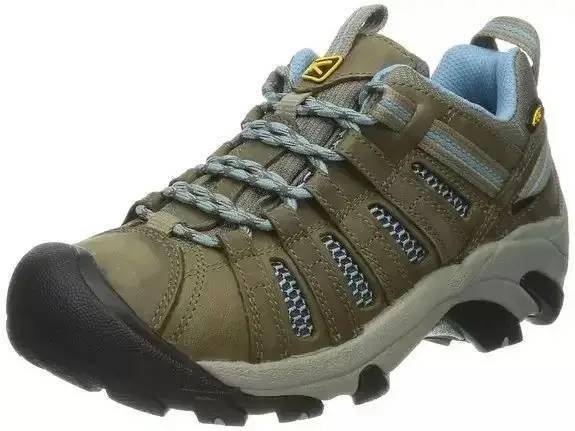
6. Be sure to choose an outdoor backpack that suits you. Generally, about 30 liters for women and 40 liters for men.
7. Sunglasses can protect your eyes when there is sun or snow. However, use them with caution on cloudy and dangerous roads.
8. To get used to using trekking poles, and master the correct use of trekking poles. Can save you energy.
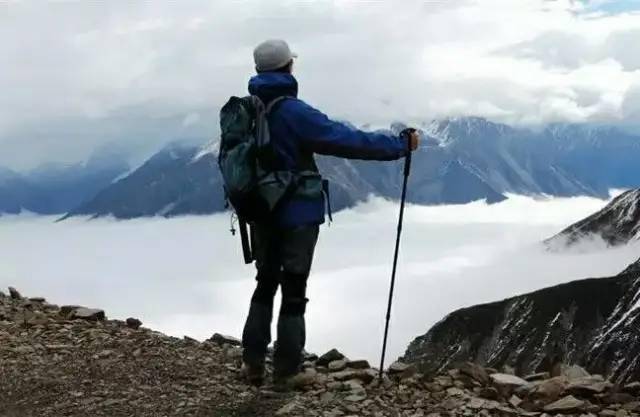
9. When going down the mountain, use knee pads to protect your knees
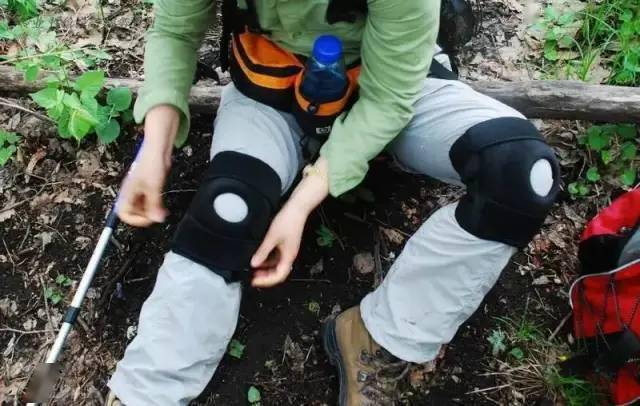
10. Raincoat is a must, in addition to rainproof, it can also play the role of heat preservation and windproof.
Fourth, some misunderstandings about outdoor clothing
1. Do not wear denim underwear outdoors. If you sweat or rain, denim underwear will not dry easily when wet and is heavy.
2. Don't wear a camouflage, because the camouflage is concealed, and you must have bright colors outdoors, so that your teammates can easily see you, which is good for your safety.
3. Don't wear narrow-leg pants, as foreign objects can easily get into the shoes.